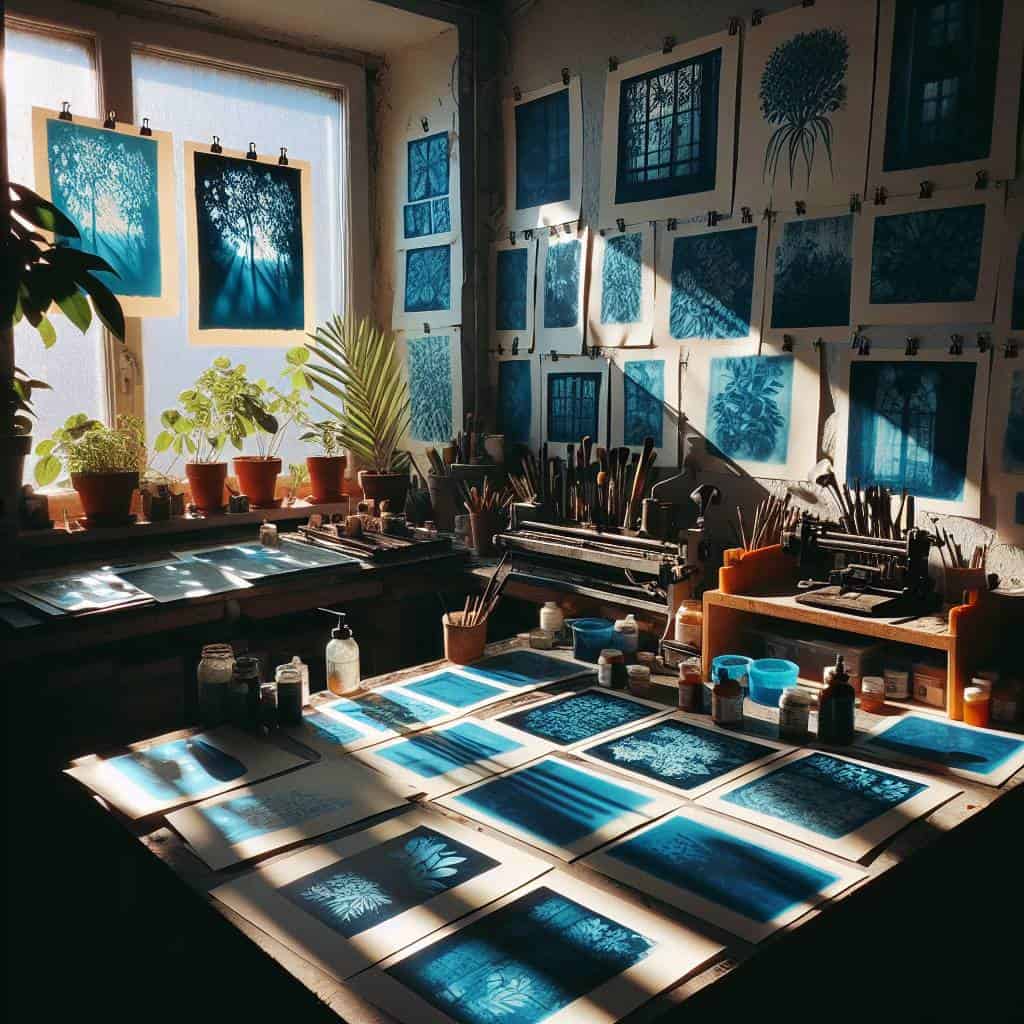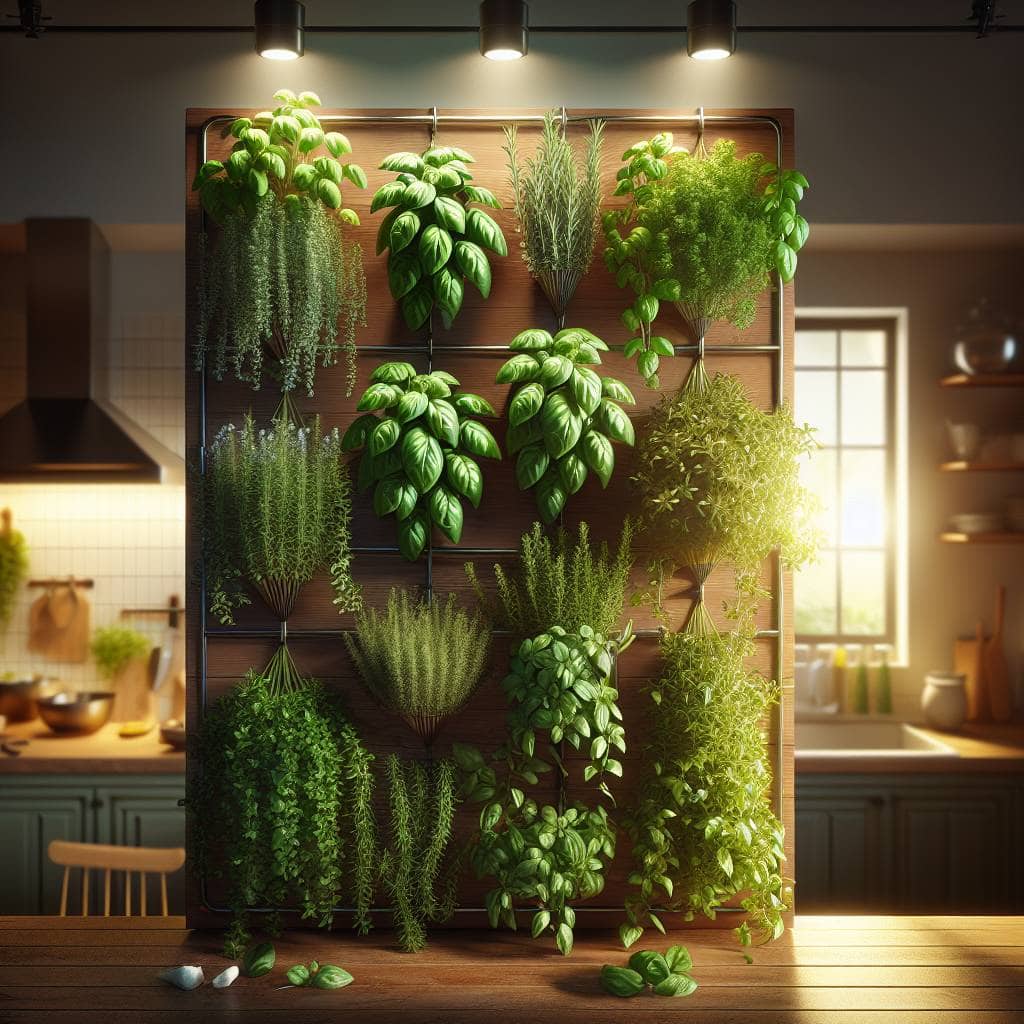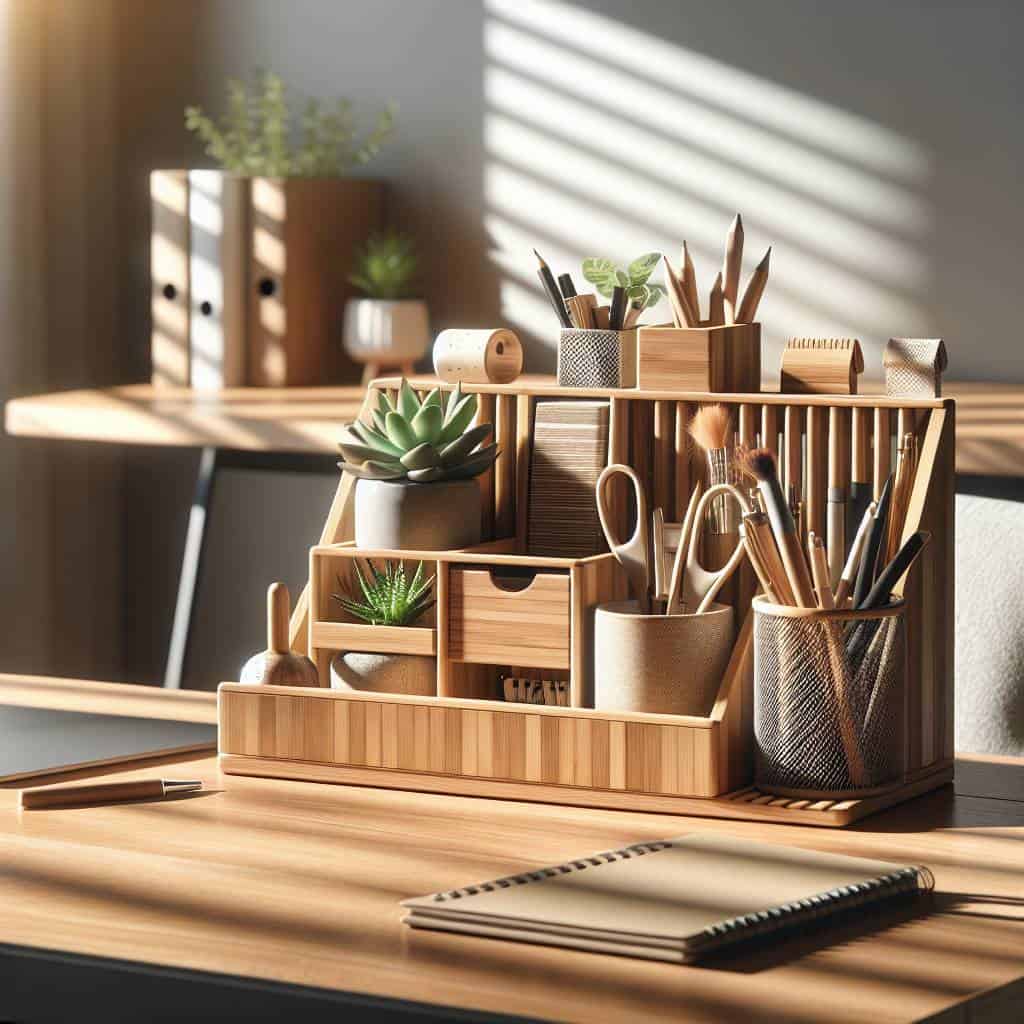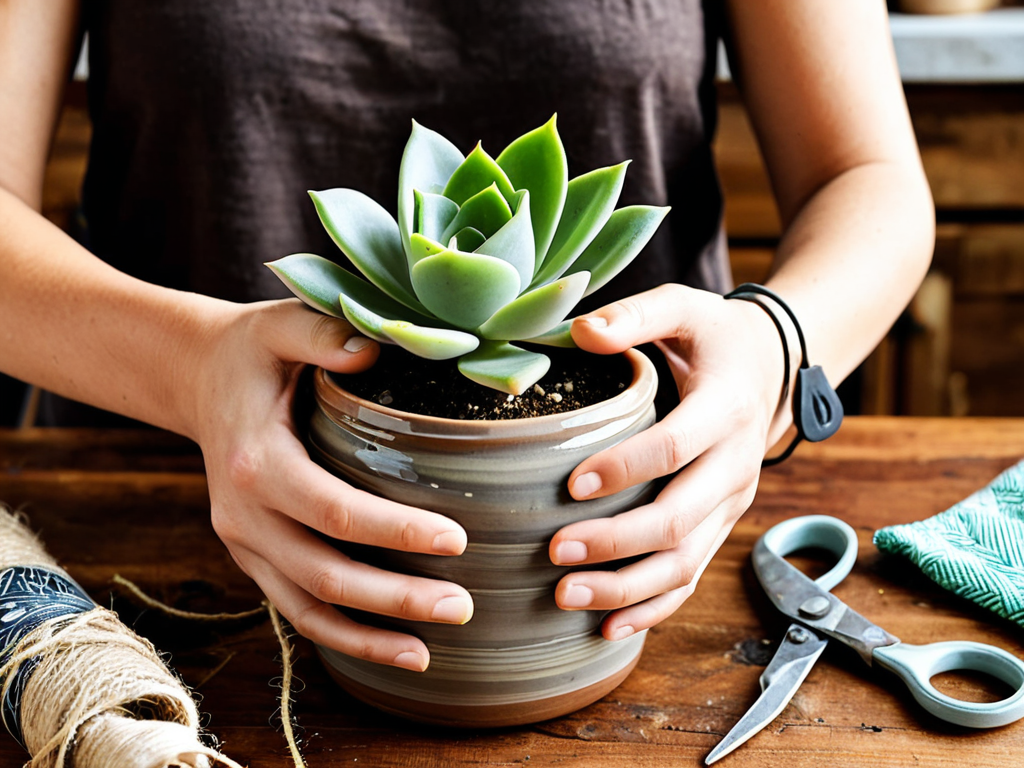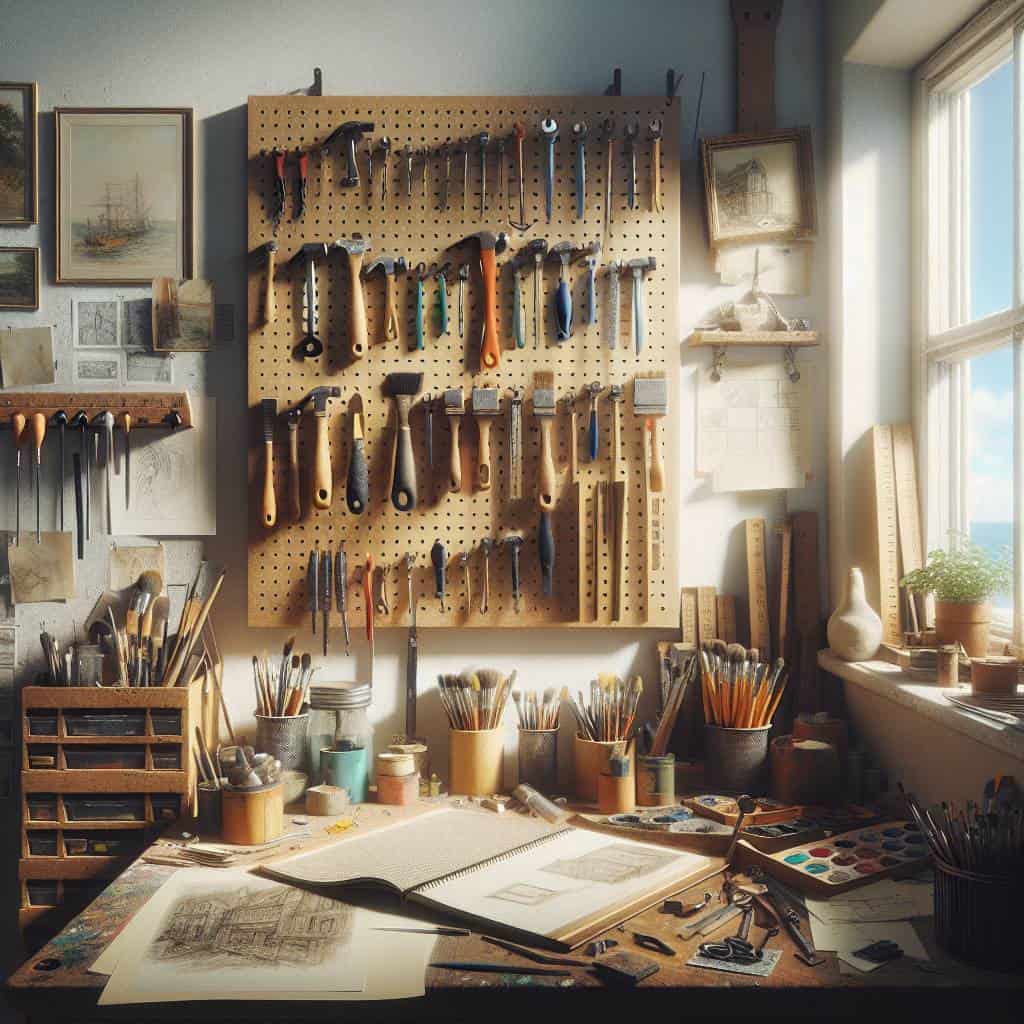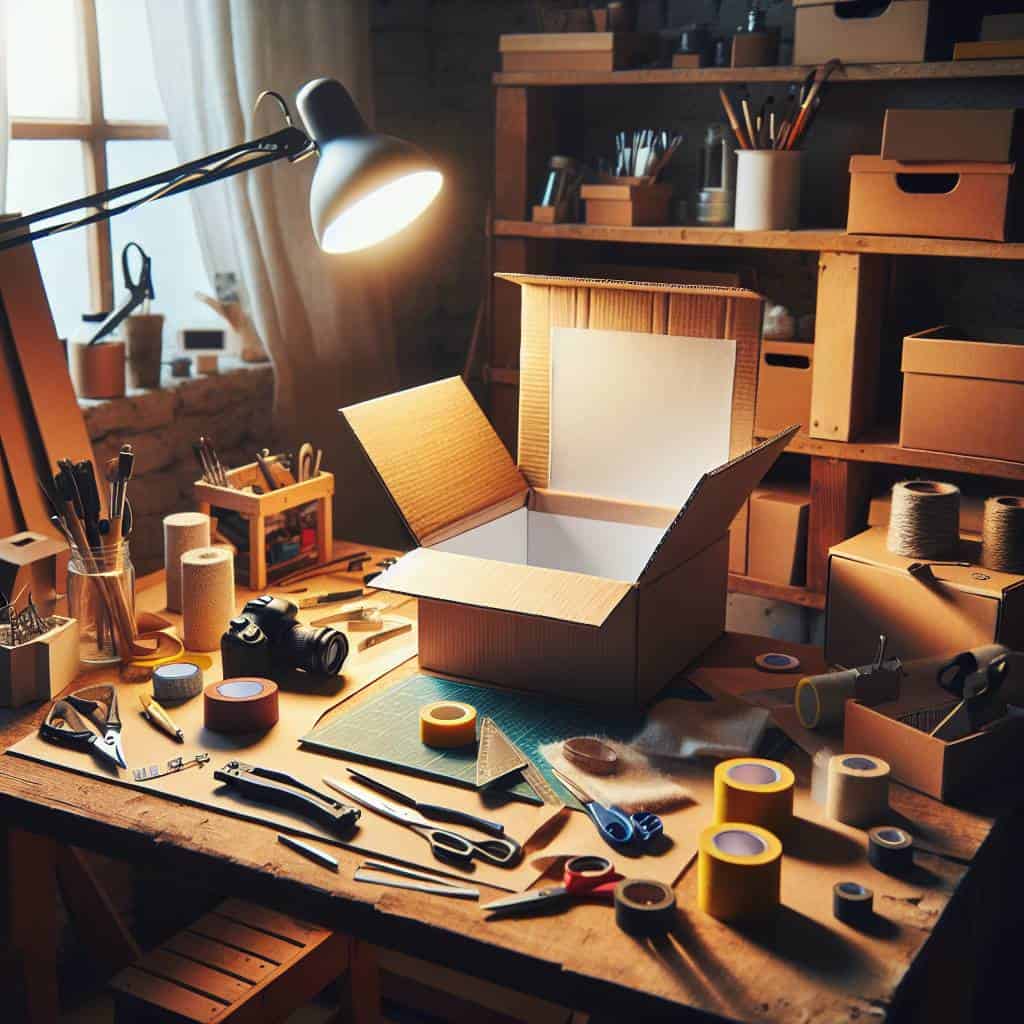I once bought an easel that cost as much as a small island. It promised stability, beauty, and all the other buzzwords that manufacturers love to slap on their overpriced contraptions. But reality check—it was a wobbly disaster. It creaked like an old ship with every brushstroke, threatening to topple my canvas and my sanity. That’s when I realized: if I wanted an easel that wouldn’t betray me mid-stroke, I’d have to make it myself. So, I rolled up my sleeves, embraced the chaos, and decided it was time to channel my inner carpenter.
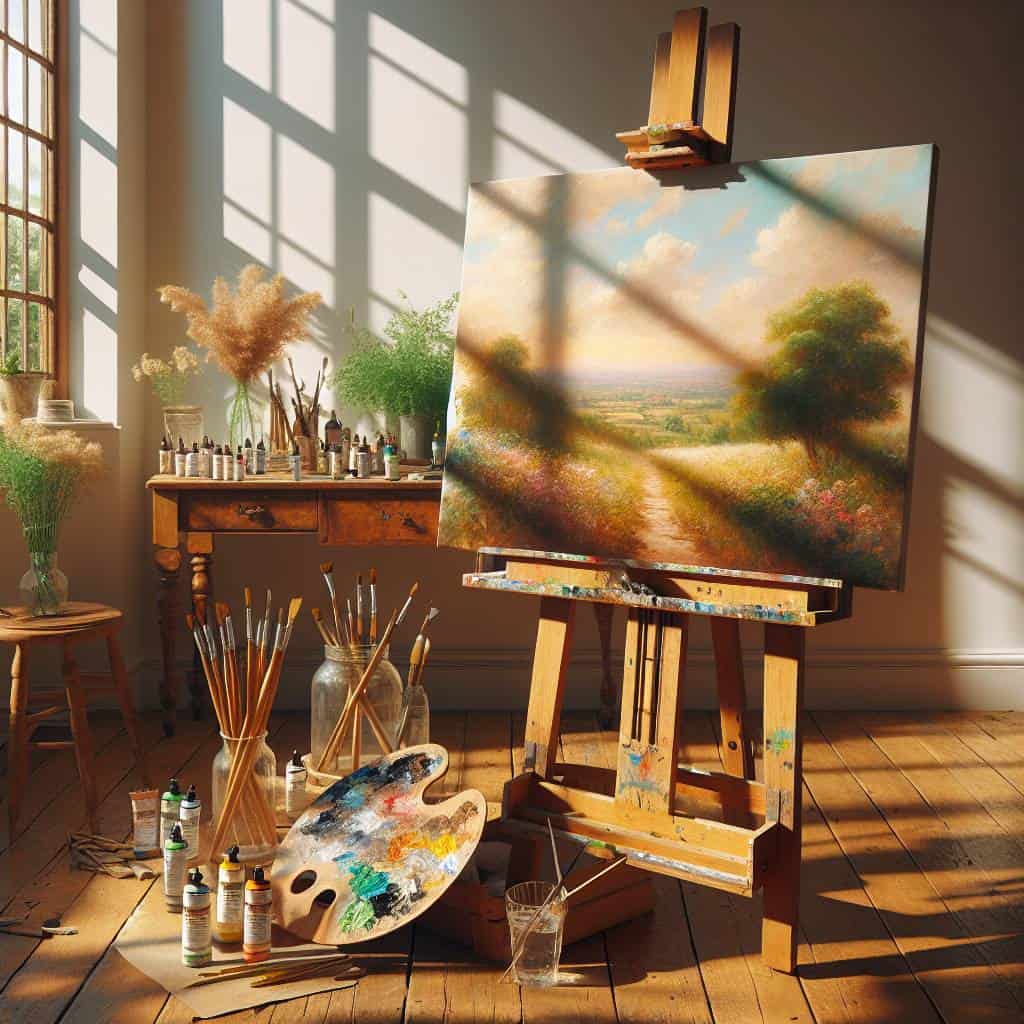
Now, if you’re tired of flimsy excuses for art furniture and ready to craft something worthy of your masterpieces, stick around. I’m sharing my journey from clueless beginner to easel-building aficionado. We’ll dive into the world of DIY, tackle the mysteries of woodworking, and understand why every artist should have a personalized touch in their studio. Grab your tools and a plan, because we’re about to build an easel that stands as firm as your creative vision.
Table of Contents
Why My First Easel Looked More Like Modern Art Than a Piece of Furniture
Picture this: a mishmash of planks, nails sticking out at awkward angles, and a splash of paint where paint had no business being. My first easel was less a piece of furniture and more a chaotic tribute to modern art, a Pollock of the woodworking world. But here’s the kicker—every awkward joint, every misaligned piece was a lesson in disguise. I dove headfirst into the project armed with a plan scribbled on a napkin and a toolbox that had seen better days. The thrill of creating something from scratch was a heady mix of anticipation and trepidation. Each cut of wood was an exercise in patience and precision—or lack thereof. It was a journey, not just in crafting an easel, but in embracing the raw, beautiful messiness of DIY.
Let’s get real here. This first attempt wasn’t about achieving perfection; it was about the experience, the act of creating. Sure, it wobbled and creaked like an old pirate ship in a storm, but it was mine, and that made all the difference. In a world where every piece of furniture is mass-produced and soulless, my easel was a rebellion. It was a statement that art isn’t just what you paint on the canvas but is also woven into the very tools you use. Building that easel taught me that art and woodworking share a common soul—both require vision, planning, and a willingness to embrace imperfection. So, I wore my splintered, paint-smeared creation as a badge of honor, a testament to the beauty of creating with your own hands even when the result looks more avant-garde than anticipated.
Crafting Your Own Creative Stage
Why surrender your hard-earned cash to overpriced mass-production when the real artistry begins with your hands, a plan, and some raw timber? Build your own easel and give your studio a piece of real furniture, not just a prop.
Crafting Clarity with My Own Hands
Building that easel wasn’t just about saving a few bucks or proving a point. It was about reclaiming a piece of the creative process that had been lost among the aisles of overpriced art supplies. There’s something raw, something undeniably satisfying about shaping wood into a tool that holds your canvas, supporting not just your art, but your identity as an artist. Each cut, each screw driven into place, was a step towards understanding the rhythms of my studio—the heartbeat of creation itself.
This journey wasn’t without its challenges. Tools misbehaved, measurements flirted with disaster, but that’s the beauty of DIY, isn’t it? Embracing imperfection, navigating the unexpected twists, and yet, emerging with something uniquely yours. My easel stands now as more than a piece of furniture. It’s a testament to the power of hands-on craftsmanship, a reminder that in a world obsessed with convenience, there’s still magic in the tactile, the tangible. And if you’re like me—a seeker of substance—you’ll find that magic too, in the grains of wood, in the silent partnership between creator and creation.

